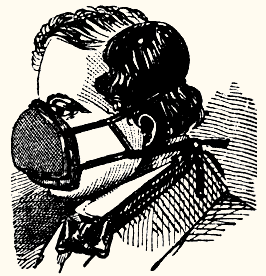 |
| English: Respirator (Photo credit: Wikipedia) |
Future Environment Designs Training Center specializes in asbestos, indoor air quality, industrial hygiene, and occupational safety training programs. We offer New York State asbestos and mold certification courses. We design, develop, and maintain the various indoor air quality, asbestos, and safety programs that are Keeping Your Employees Safe.
Search This Blog
Monday, April 13, 2015
NIH Still Active in Gulf Region Five Years After Oil Spill
NIH Still Active in Gulf Region Five Years After Oil Spill - as we've written in the past, the increase use of respirators during disasters is a necessary step to prevent worker exposure to contaminants that make them sick immediately or in the future. Respirator use during disasters continues to be optional when it should be mandatory. Disasters typically involve exposures to asbestos, silica, lead, poly-chlorinated biphenyls (PCBs), etc. The only way to protect yourself from many of these contaminants is through the use of properly fitted air-purifying respirators.
A properly fitted air purifying respirator will protect workers for most disaster and demolition exposure issues. Providing workers with this type of respirator requires that you meet the Occupational Safety and Health Administration's (OSHA) 1910.134 respirator standard. The standard is not that difficult to comply with. It does require a plan for respirator use (selecting the type of respirator that will protect workers), medical evaluation for employees using respirators (to ensure they can wear the respirator), fit testing (to ensure the employee wears the correct size and it fits), and training the worker (so they know how to wear a respirator and its limitations). There are other requirements but these are minimal compared to the four main requirements listed above.
Subscribe to:
Post Comments (Atom)
Honoring Legacy, Advancing Justice: ADAO’s 20th Annual Asbestos Awareness and Prevention Conference at Mount Sinai
Future Environment Designs, Inc. (FEDTC) was honored to be invited to the Asbestos Disease Awareness Organization ’s (ADAO's) 20th Annu...

-
The New York City Department of Environmental Protection (NYC DEP) has introduced proposed amendments to Chapter 1 of Title 15 of the Rules...
-
… … … This debate regarding asbestos floor tiles started at the Professional Abatement Contractors of New York's ...
-
Image via Wikipedia The National Institute for Occupational Safety and Health (NIOSH) today invited public comment on a draft document titl...









No comments:
Post a Comment